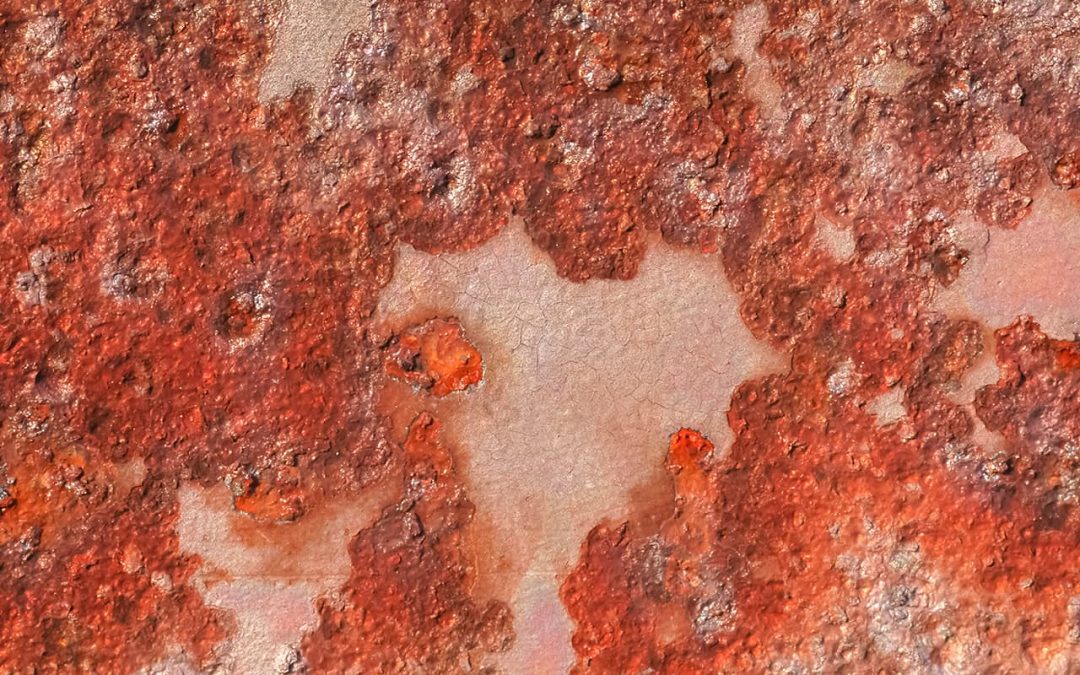Old metal buildings seldom receive compliments. The metal is rusted and unattractive. Is this the ultimate fate for your new Miracle Truss® building sometime in the future?
That was the case with older metal buildings. The metal components were often left uncoated. Today’s metal buildings usually all have at least one type of protective coating on the surface to make them resistant to rust. Here’s what you need to know about metal buildings and rust.
The Science of Rust
Bare steel is made of iron, and this metal is easily oxidized by air and moisture. From a scientific perspective, some of the atoms in the iron bond with atoms of oxygen to form a molecule which creates the reddish-brown stain you see on metal. It’s iron that make the color.
When you look closer at this metal, you’ll see it has a porous texture. Rust has caused weak spots in the metal, which can actually make the metal eventually crumble. The lacy edge you see on rust spots is from the breakdown of the atomic bonds in the metal. If you don’t stop rust it will eventually break down metal into these brownish dust particles.
We can prevent rust by keeping moisture away from metal. It’s why cooks always coat their cast iron skillets with oil. But that process isn’t very practical for something the size of a metal building. Large-scale protection is done by galvanizing metal.
This method of production was invented almost 200 years ago by a French Engineer named Stanislas Sorel. He found that oxidation is halted when you cover steel with a coating of zinc. Today, we dip clean steel in a bath of molten zinc. It hardens over the steel to create a moisture-resistant coating. Steel can also be treated with a coating of zinc through a process called electro-galvanization. Zinc particles are positively charged, which makes them adhere to the steel surface.
Ironically, zinc is also subject to the same oxidation process of steel, but not as easily. In fact, the only way galvanized steel can rust is if the zinc coating is scratched.
While galvanizing steel is the primary way to protect it, adding a secondary layer of paint adds another barrier to moisture. This paint is generally organic in nature, such as polyester or acrylic. They are extremely durable, and are baked on to the galvanized steel.
Fluorocarbon-based paints can provide even more protection, offering resistance to ultraviolet radiation, heat, and even the chalking that’s common with painted metal sheets.
This combination of galvanization and painting can offer a lifetime of protection. Miracle Truss® offers a wide variety of colors for roofing, siding and trim options. See them all here.



